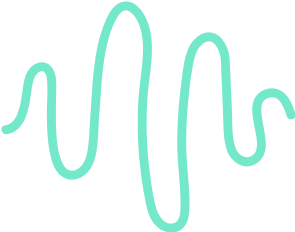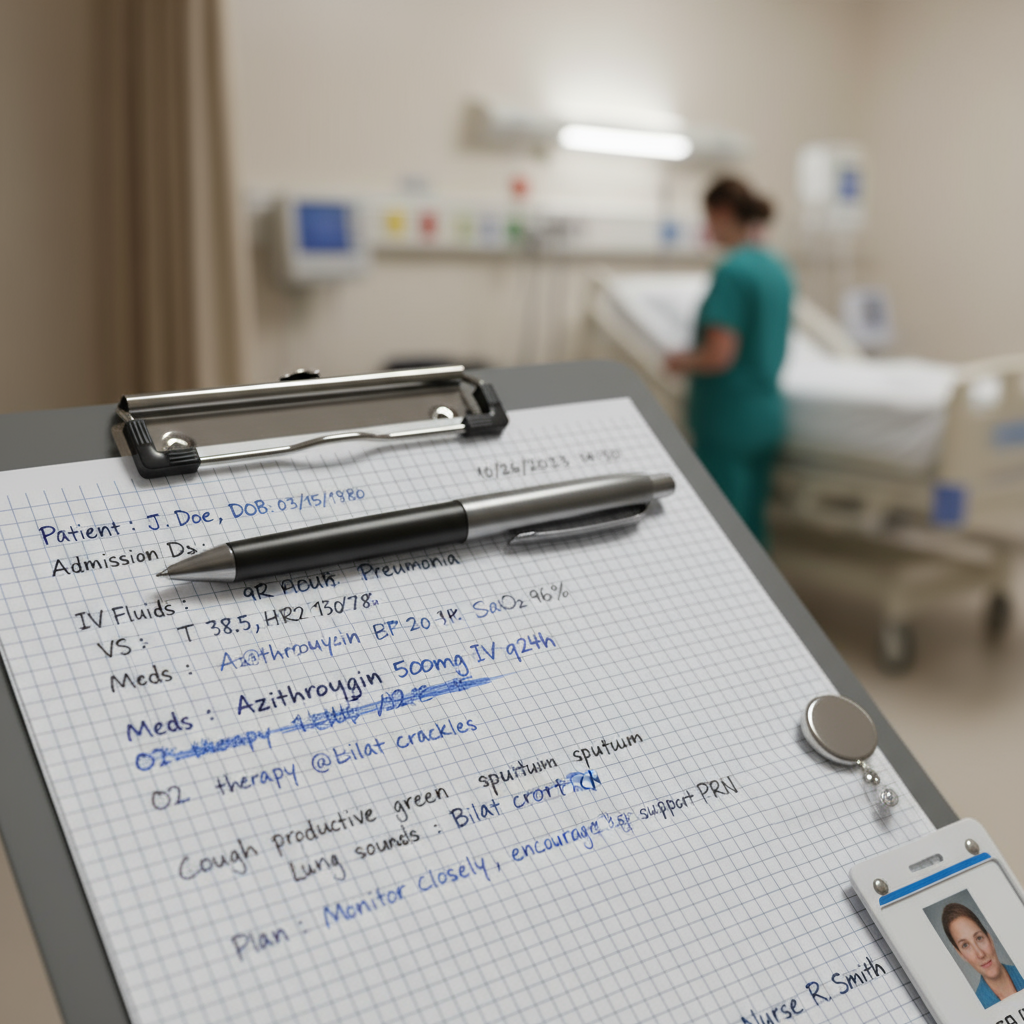Meeting Notes vs. Minutes: Key Differences Explained

Get the work done for any meeting
Meeting transcription, AI custom notes, CRM/ATS integration, and more
In your professional life, you've likely encountered both meeting notes and meeting minutes.
While they may seem similar, they serve distinct purposes and differ in some ways.
Here’s everything you need to know about meeting notes vs. minutes!
Defining Meeting Notes and Meeting Minutes
Meeting Notes
Meeting notes are quick, informal records meant for your personal use or small team updates. They help you focus on the essentials: key points, action items, or follow-ups that matter to you. The format is flexible, and you decide what’s worth noting.
- Ideal for brainstorming sessions, where capturing creative ideas is the goal.
- Great for update meetings, to track announcements or decisions impacting your tasks.
- Useful for personal reminders to stay organized and ensure follow-through.
Meeting Minutes
Meeting minutes are formal, structured documents that serve as an official record of a meeting. They capture details like who attended, what was discussed, decisions made, and actions assigned. Accuracy and consistency are critical to their purpose.
- Essential for board meetings or client discussions, where accountability is key.
- Required in strategy sessions to document plans and assigned tasks clearly.
- Serve as a legal or historical record for compliance or future reference.
Key Differences Between Meeting Notes and Meeting Minutes
Knowing when to use meeting notes versus meeting minutes ensures you capture the right details in the right way. Here’s a breakdown to guide you:
Structure Difference: Meeting Notes vs. Minutes

Notes are flexible and can follow any format that works for you. They’re typically quick and focus only on the most relevant details for your tasks.
Minutes, however, require a standardized structure. This includes details like the meeting’s date, attendees, agenda items, decisions made, and action items.
Here’s a template for each meeting notes and meeting minutes that you can customize as per your needs:
Template for Meeting Notes
Meeting Title: [Insert the meeting title here]
Date: [Insert date]
Attendees: [List the attendees]
Key Points Discussed:
- [Highlight key discussion topics or ideas]
- [Add additional points as needed]
Action Items:
- [Task 1: Description and responsible person]
- [Task 2: Description and responsible person]
Important Deadlines:
- [Deadline 1 and associated task]
- [Deadline 2 and associated task]
Personal Notes:
- [Any additional observations or reminders for yourself]
Template for Meeting Minutes
Meeting Title: [Insert the meeting title here]
Date and Time: [Insert date and time]
Location: [Insert location]
Chairperson: [Name of the person leading the meeting]
Attendees:
- [Name 1]
- [Name 2]
- [Name 3]
Agenda Items:
- [Agenda item 1]
- [Agenda item 2]
- [Agenda item 3]
Discussion Points:
- [Agenda item 1]: [Summary of discussion]
- [Agenda item 2]: [Summary of discussion]
- [Agenda item 3]: [Summary of discussion]
Decisions Made:
- [Decision 1: Include what was decided and why]
- [Decision 2: Include what was decided and why]
Action Items and Responsibilities:
- [Task 1: Description, assigned to, and deadline]
- [Task 2: Description, assigned to, and deadline]
Next Meeting Details:
- Date: [Insert date]
- Time: [Insert time]
- Location: [Insert location]
Additional Notes:
- [Any other observations or details that need to be included]
Prepared By: [Your name]
Approved By: [Name of approver, if applicable]
Effectively Document Meeting Notes and Minutes: Noota

Noota simplifies the documentation process with advanced, AI-powered features that make meeting documentation seamless and efficient. Whether you’re taking informal notes or formal minutes, Noota’s tools are designed to support your workflow.
- Automated Transcription: Instantly convert your meetings into text with AI-powered transcription. Save hours of manual work and ensure nothing gets missed.
- Action Item Highlighting: Noota identifies and organizes action items in real-time, keeping your team accountable and focused on follow-ups.
- Customizable Templates: Use pre-built or personalized templates for notes and minutes to standardize your documentation across meetings.
- Real-Time Collaboration: Collaborate live with your team during meetings. Add notes, assign tasks, and update documentation instantly.
- Export and Share: Export your notes or minutes in various formats (PDF, Word, etc.) and easily share them. Ideal for both internal and external distribution.
Ready to enhance your meeting documentation? Try Noota for free now.
FAQs
How long should the meeting minutes be?
Meeting minutes should be concise and only include essential details like decisions, action items, and key discussions. Aim for one to two pages, depending on the meeting length and complexity.
Can meeting notes and minutes be digital?
Yes, both can be digital. Tools like Noota make it easy to take, organize, and share meeting documentation digitally, improving accessibility and collaboration.
Who is responsible for taking meeting minutes?
Typically, the meeting organizer or an assigned participant, such as a secretary, is responsible for recording minutes. Ensure the person has a clear understanding of the meeting’s objectives.
Are meeting notes legally binding?
No, meeting notes are informal and not legally binding. Meeting minutes, however, can serve as an official record and may have legal implications depending on the context.
What happens if no one takes minutes?
Without minutes, there’s no formal record of the meeting’s outcomes. This can lead to confusion, missed tasks, or accountability issues within the team.
Get the work done for any meeting
Meeting transcription, AI custom notes, CRM/ATS integration, and more
Related articles

Forget note-taking and
try Noota now
FAQ
In the first case, you can directly activate recording as soon as you join a videoconference.
In the second case, you can add a bot to your videoconference, which will record everything.
Noota also enables you to translate your files into over 30 languages.

.svg)
.svg)
.webp)

.png)


.svg)
